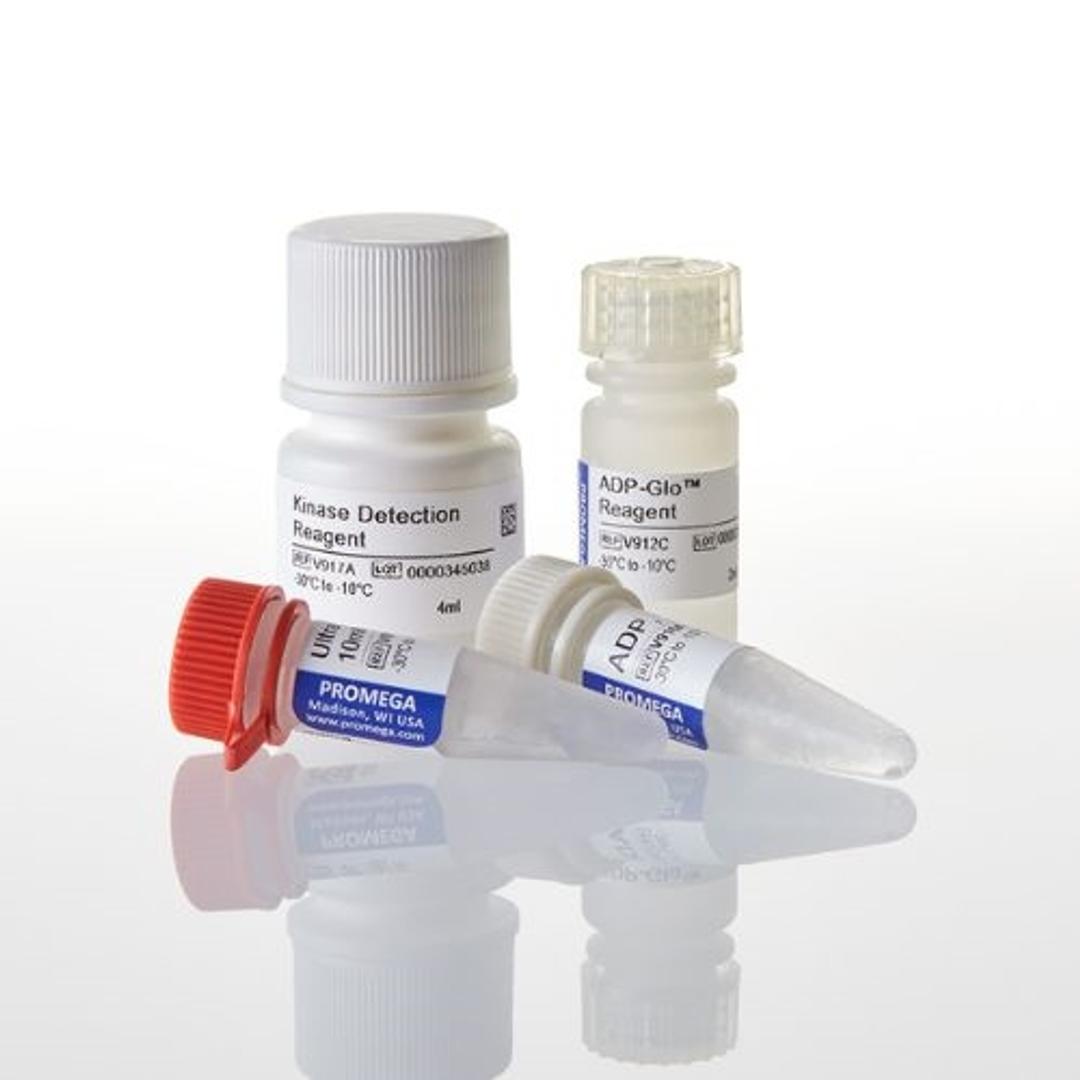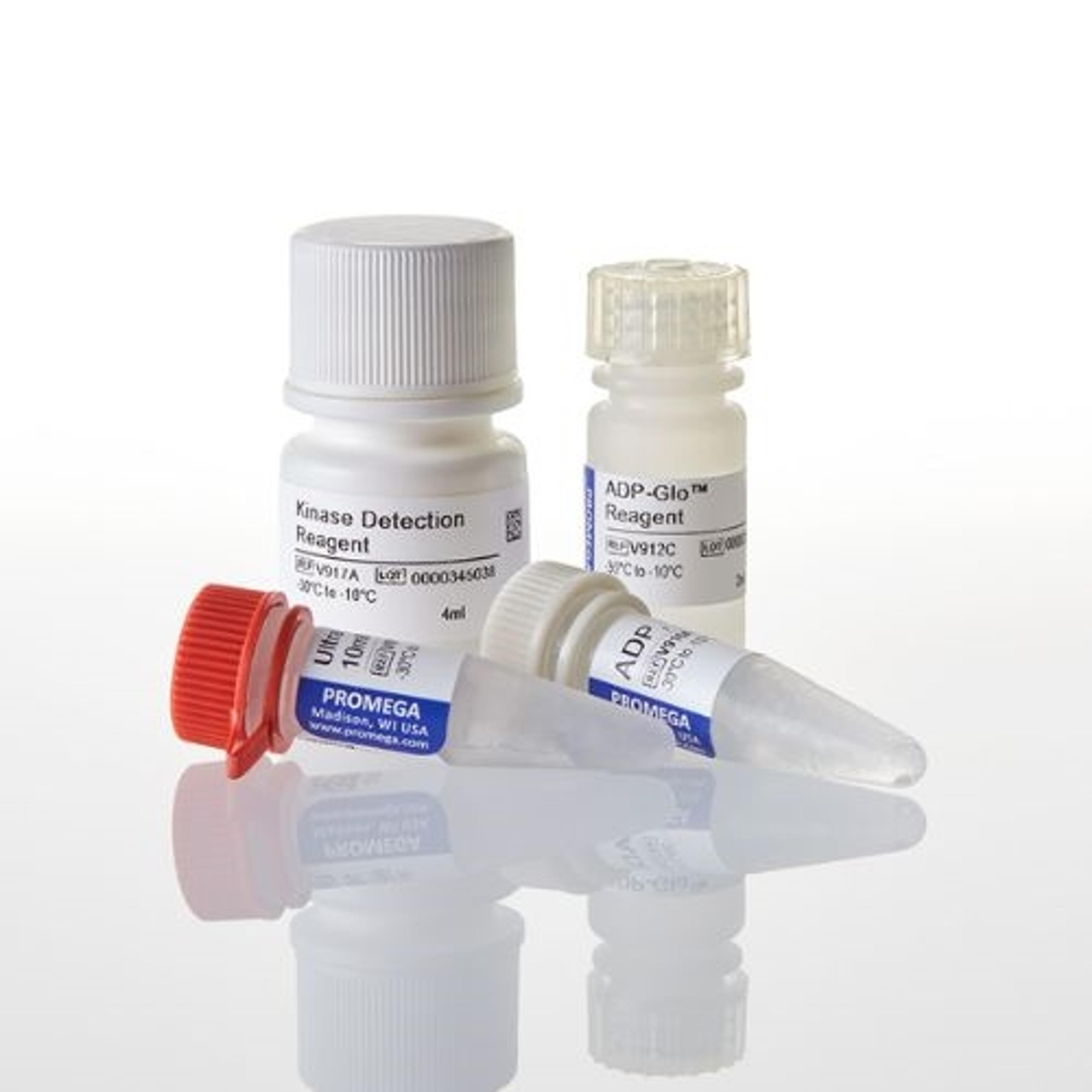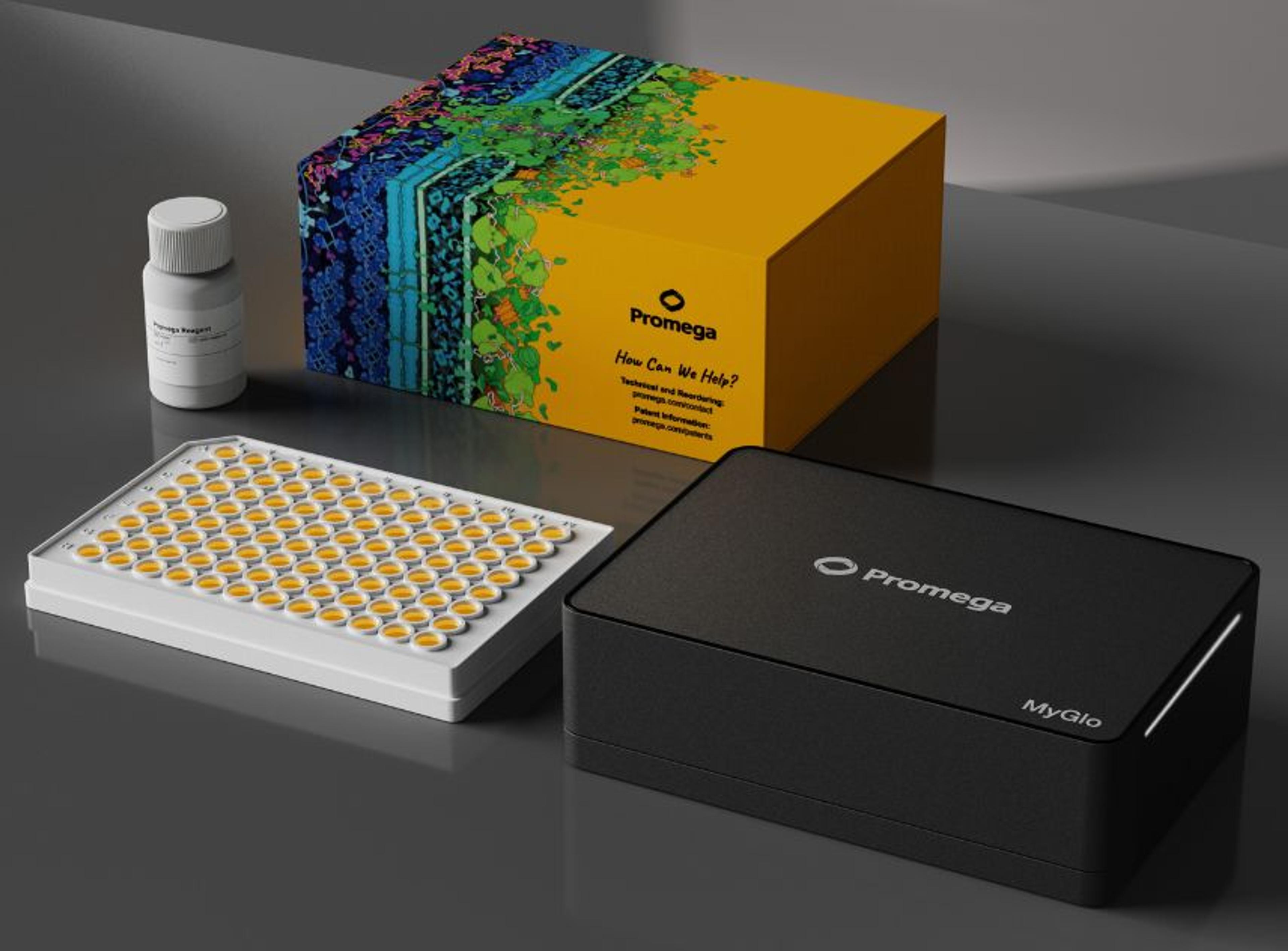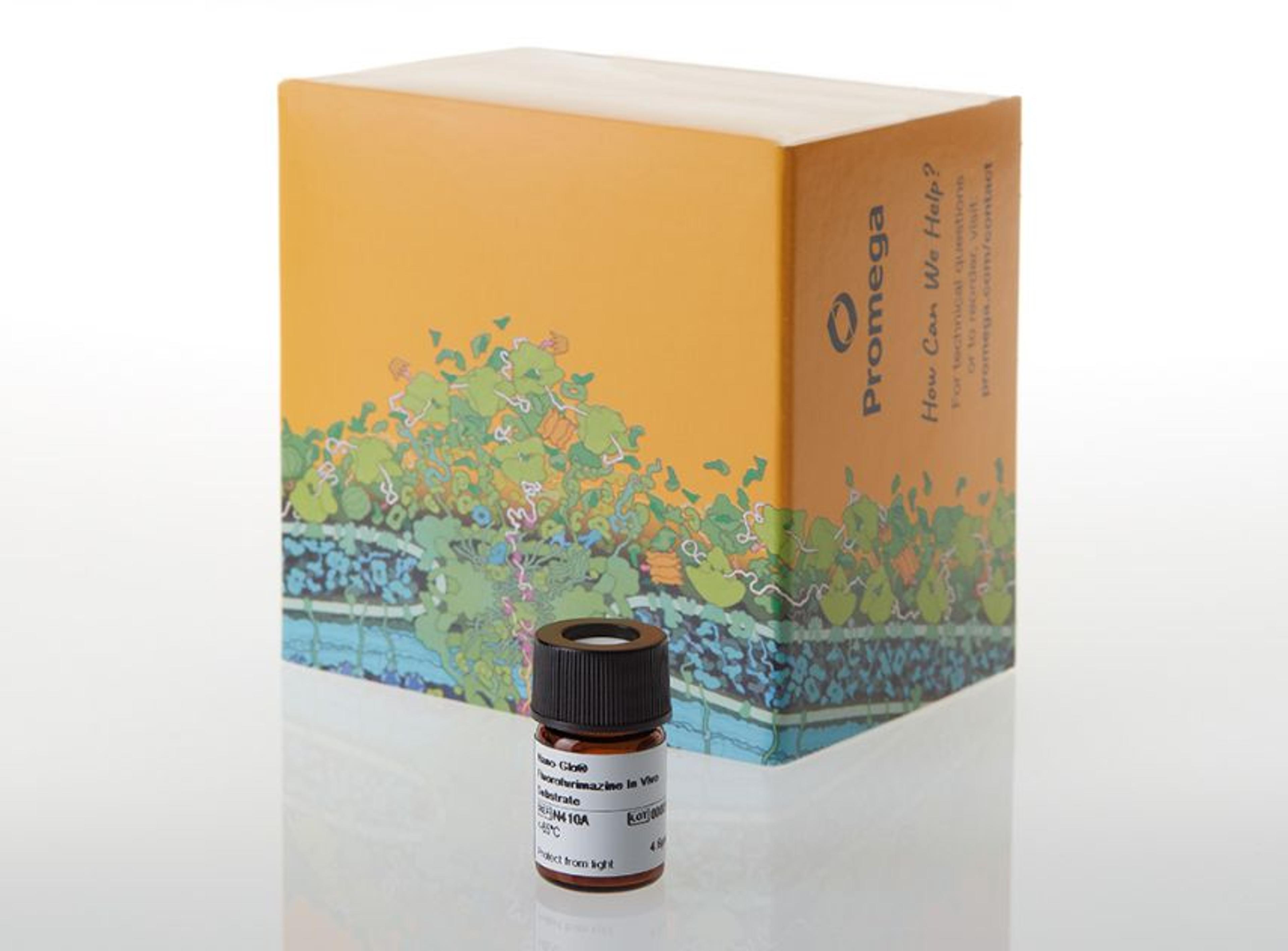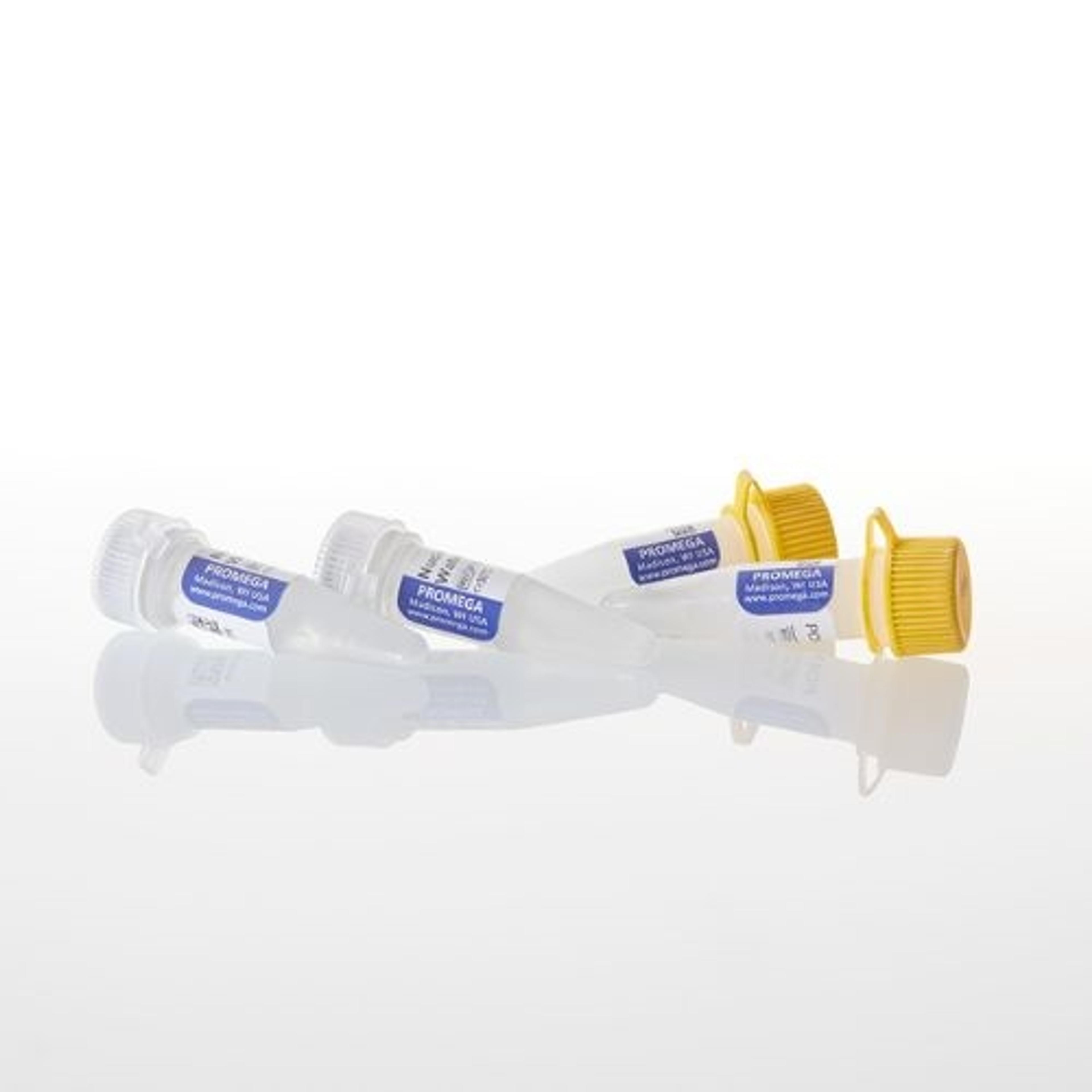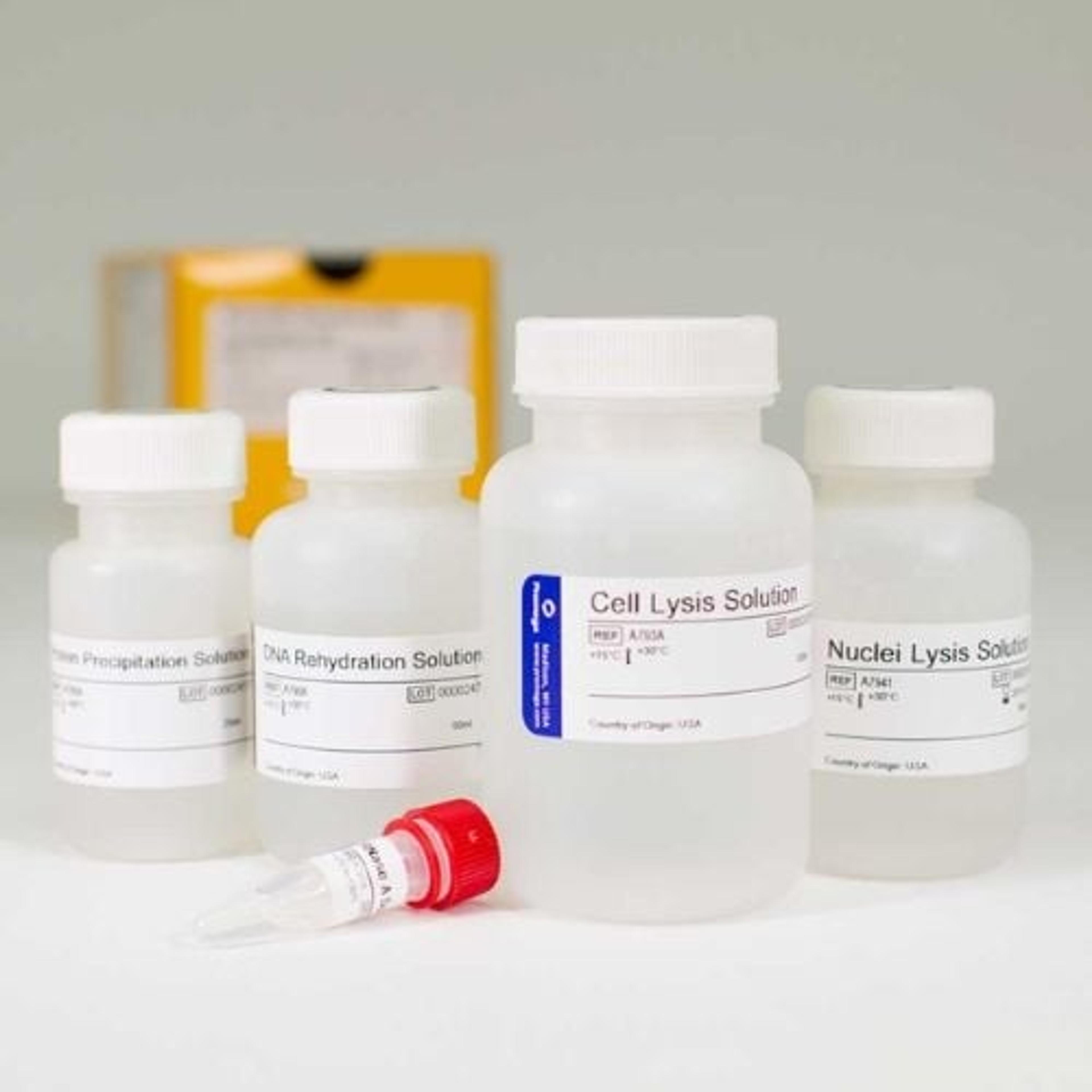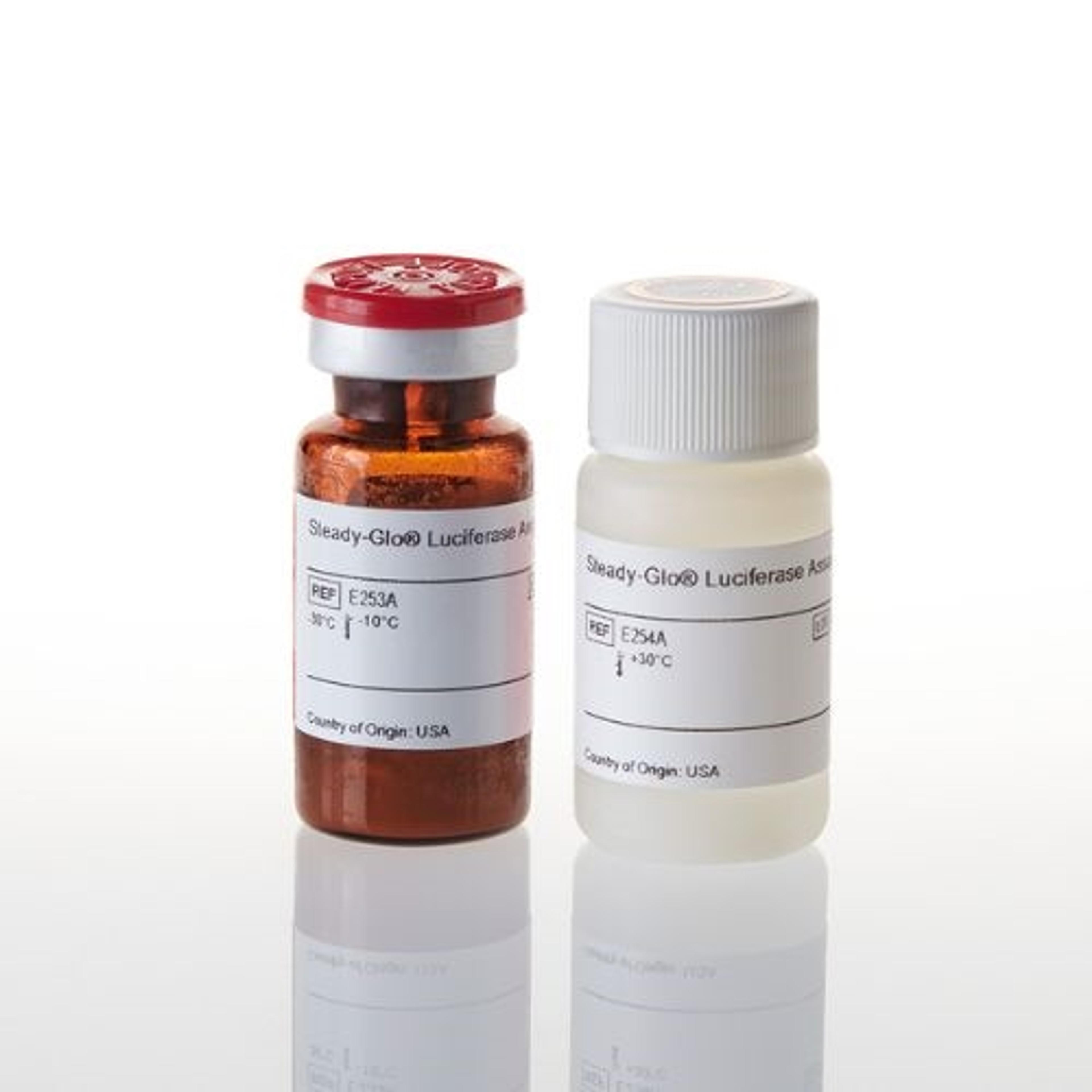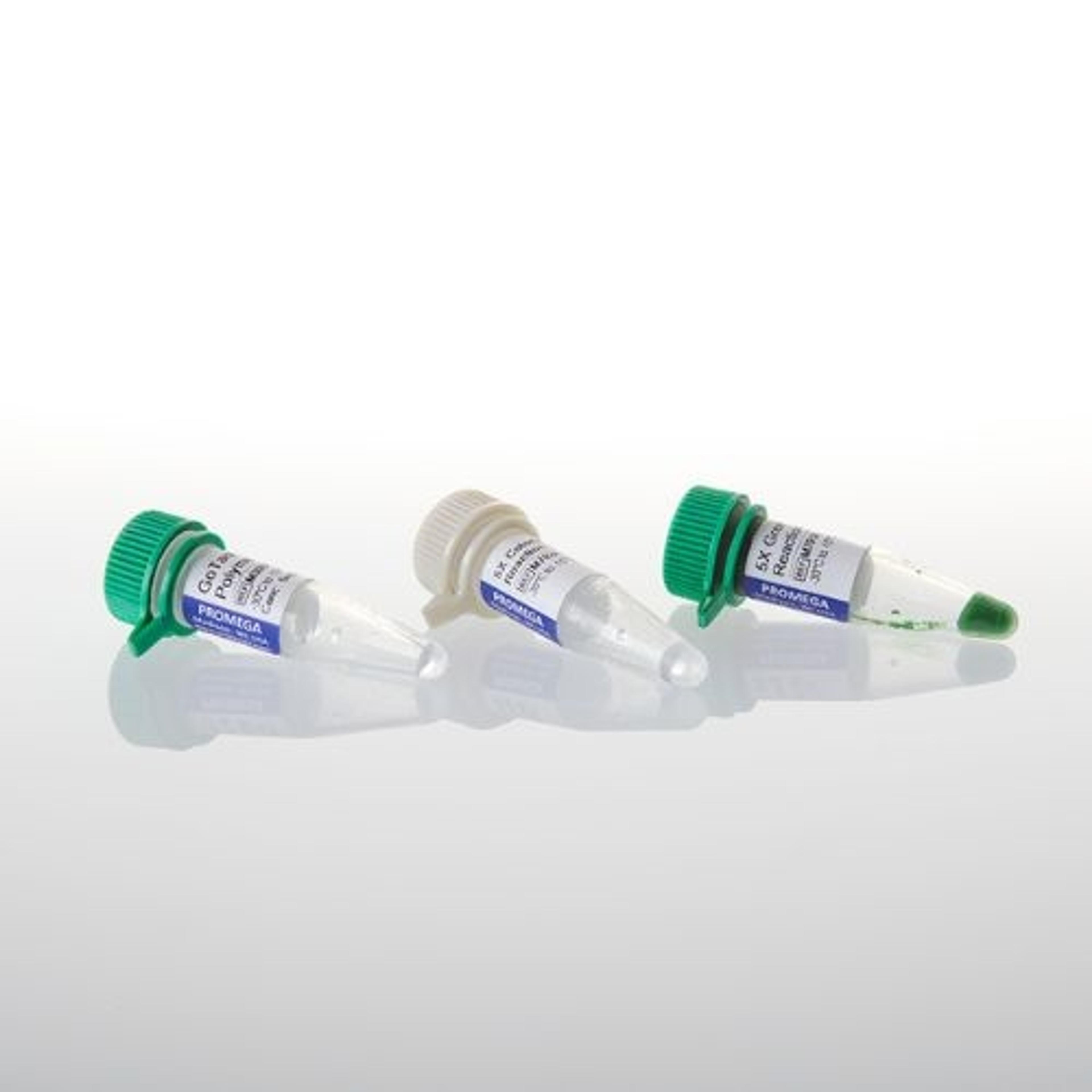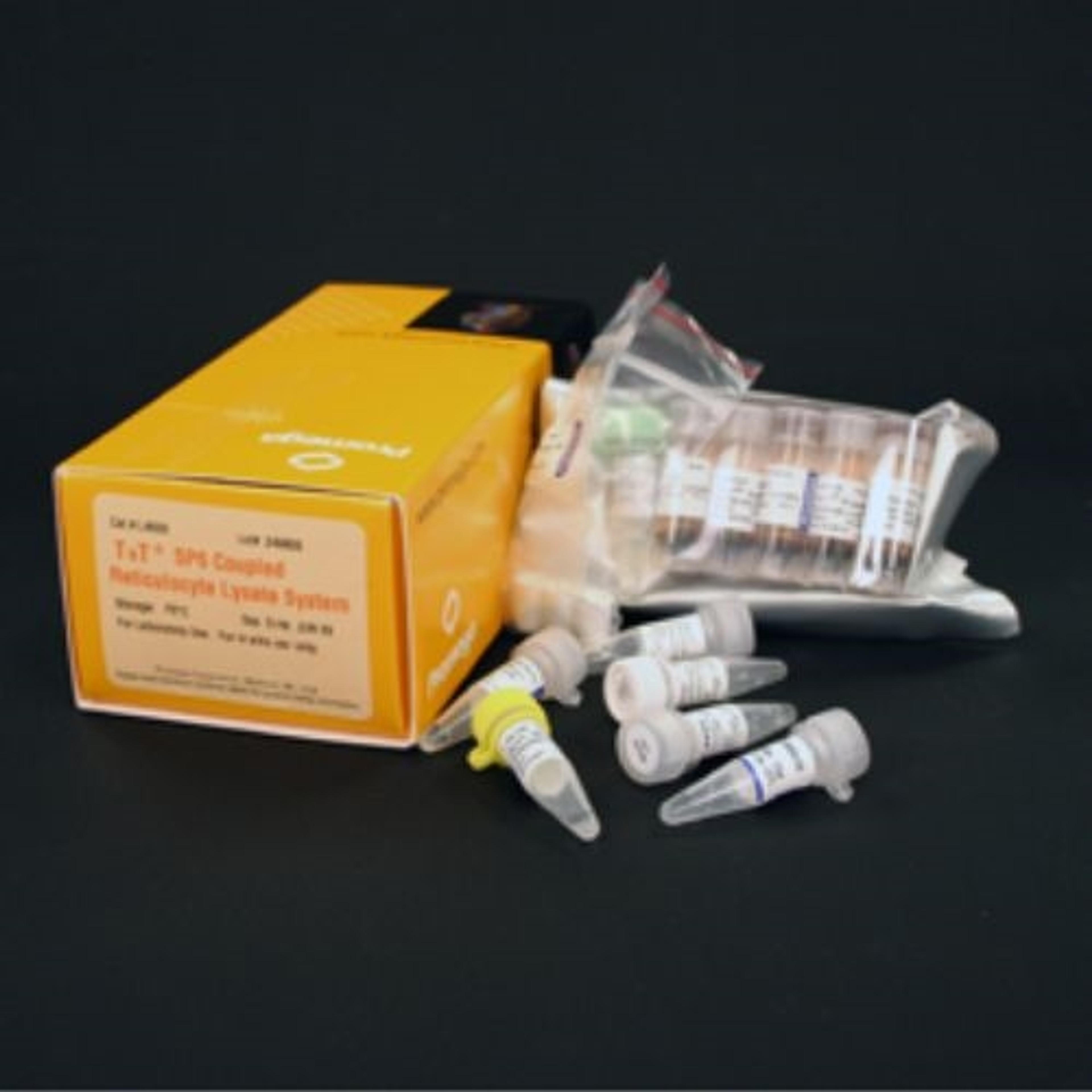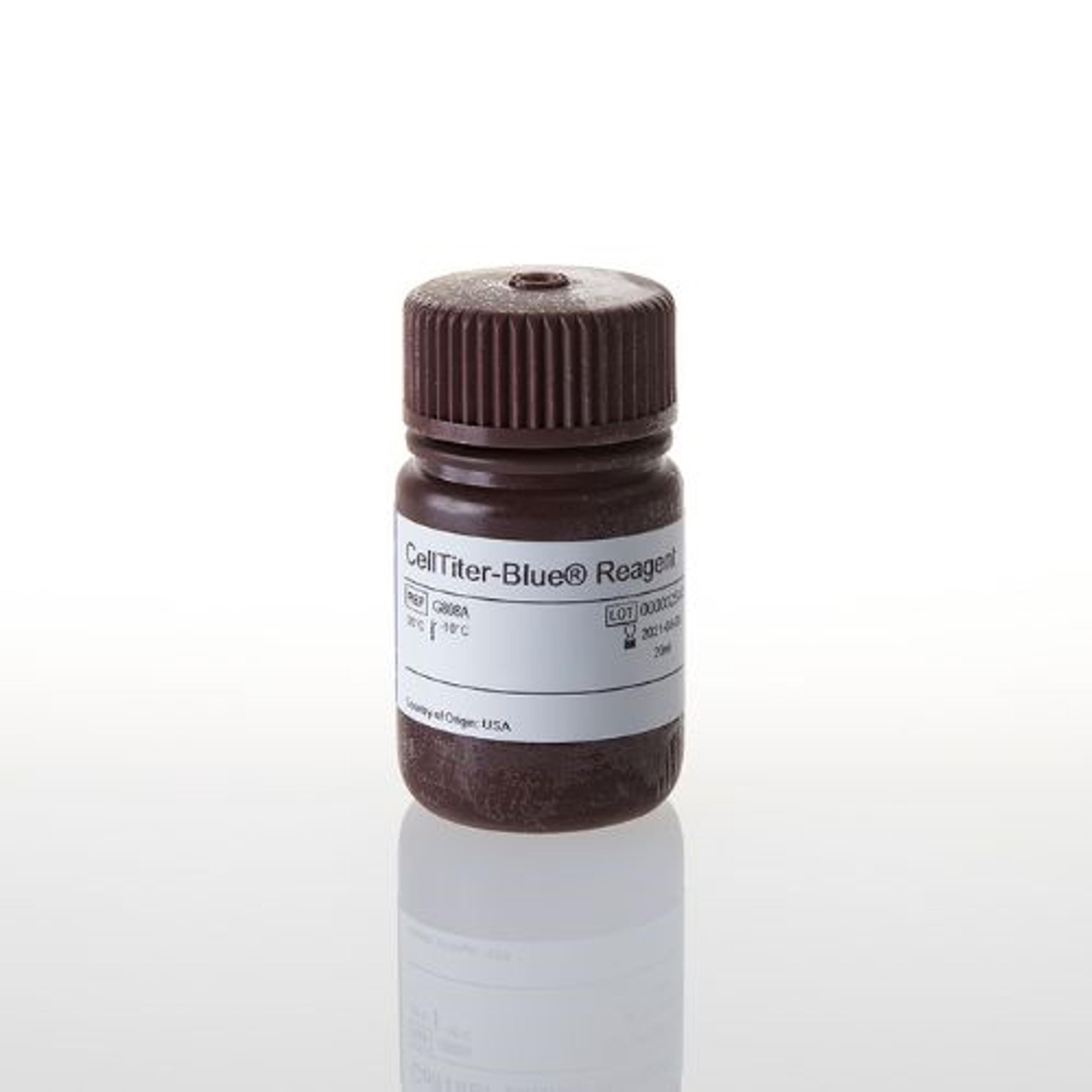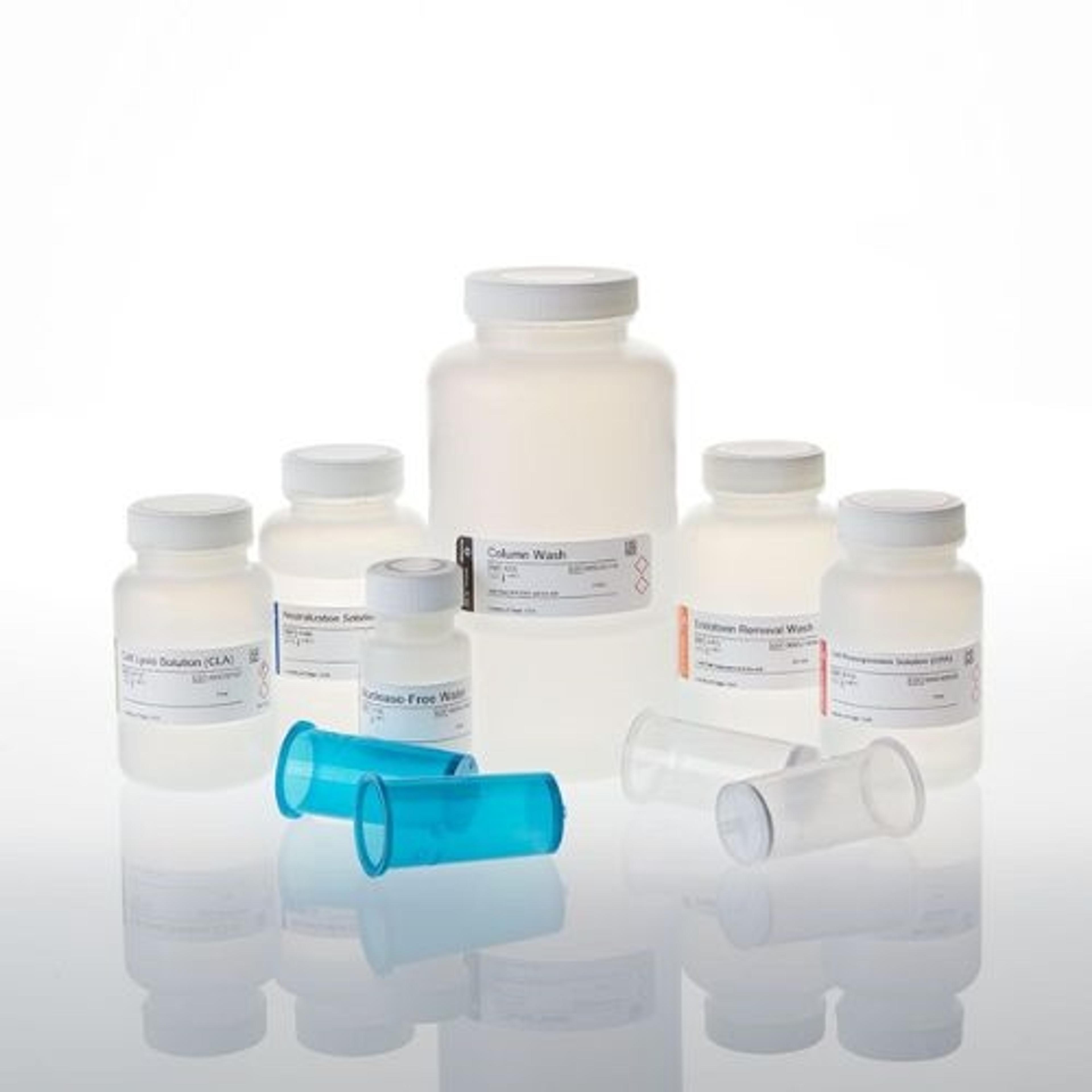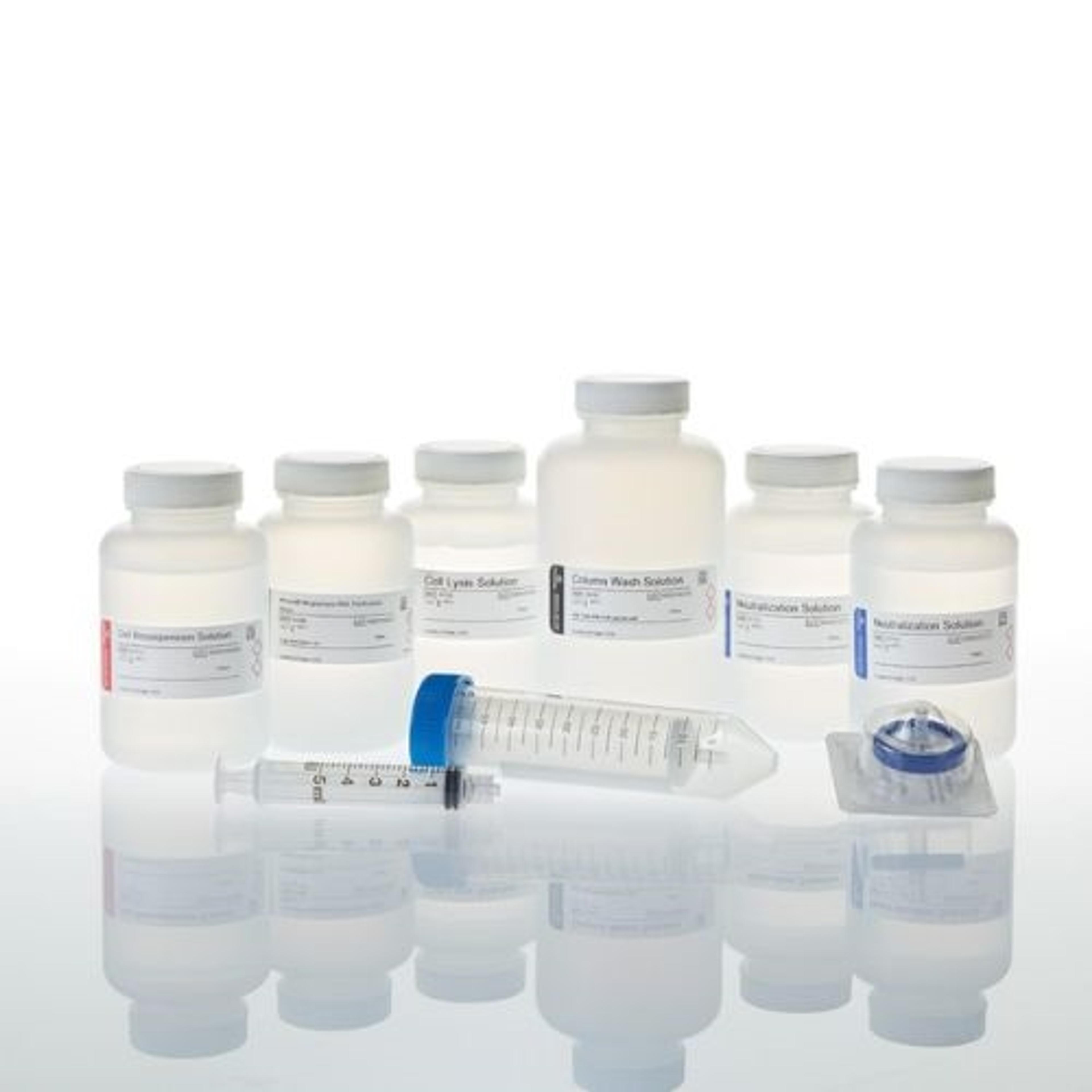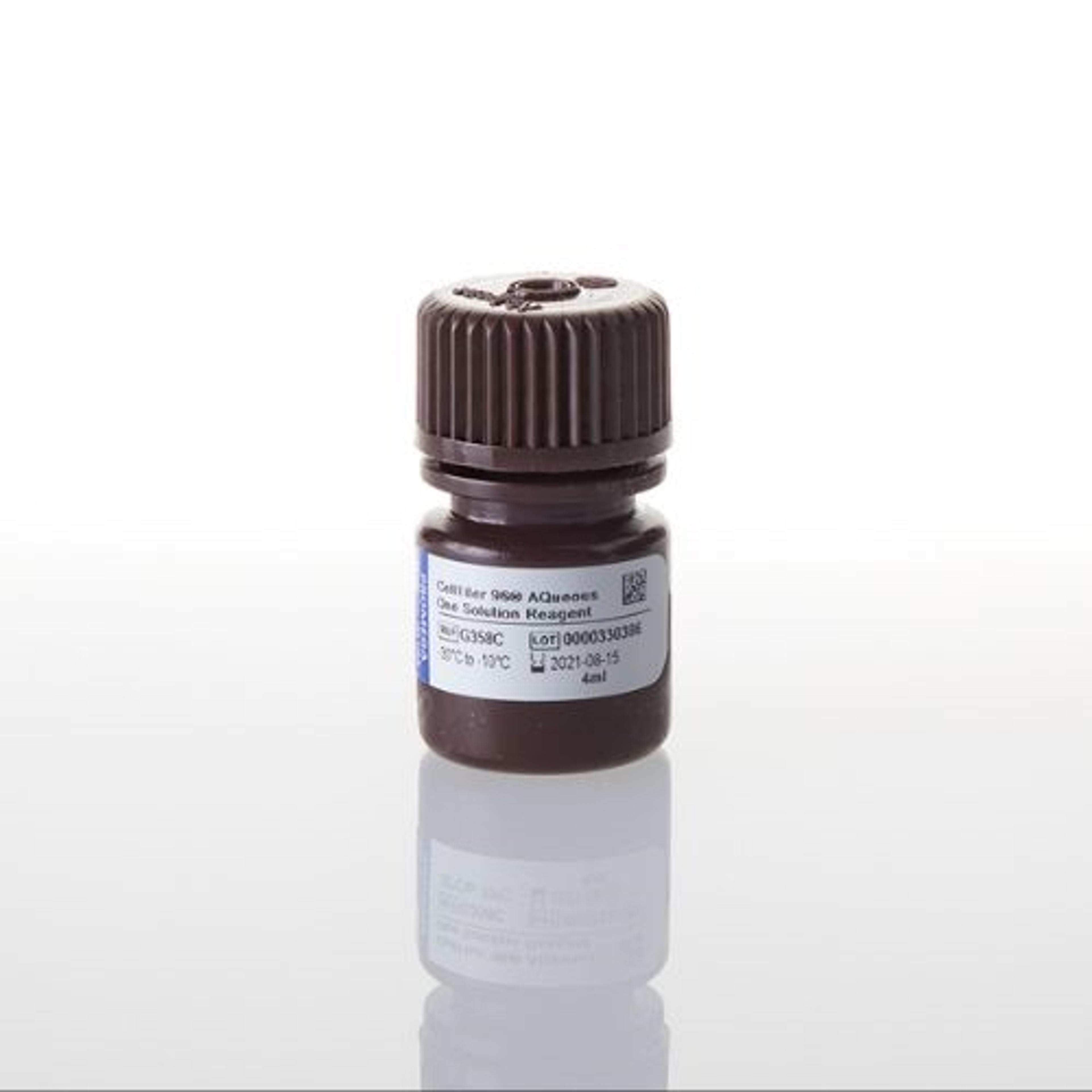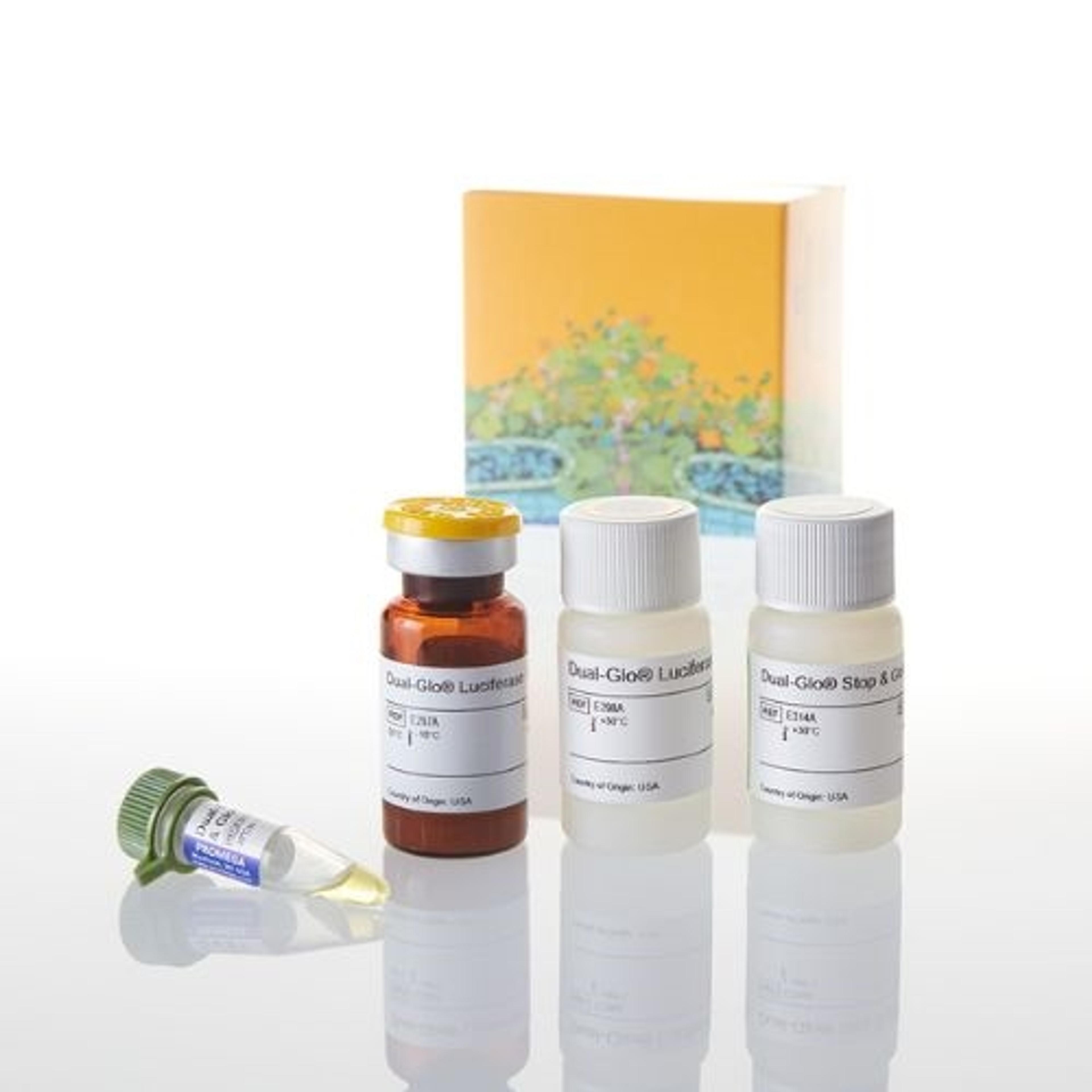ADP-Glo™ Kinase Assay
ADP-Glo™ Kinase Assay is a luminescent kinase assay that measures ADP formed from a kinase reaction; ADP is converted into ATP, which is converted into light by Ultra-Glo™ Luciferase. The luminescent signal positively correlates with kinase activity. The assay is well suited for measuring the effects chemical compounds have on the activity of a broad range of purified kinases, making it ideal for both primary scre…
Good for HTS.
ATPase detection
The ADPglo produced a good assay window and it was suitable for HTS applications.
Review Date: 2 Feb 2021 | Promega Corp.
A reliable workhorse for HTS.
ATPase or kinase assays
ADP Glo has been a reliable workhorse assay for HTS.
Review Date: 28 Jan 2020 | Promega Corp.
ADP-Glo™ Kinase Assay is a luminescent kinase assay that measures ADP formed from a kinase reaction; ADP is converted into ATP, which is converted into light by Ultra-Glo™ Luciferase.
The luminescent signal positively correlates with kinase activity. The assay is well suited for measuring the effects chemical compounds have on the activity of a broad range of purified kinases, making it ideal for both primary screening as well as kinase selectivity profiling. The ADP-Glo™ Kinase Assay can be used to monitor the activity of virtually any ADP-generating enzyme (e.g., kinase or ATPase) using up to 1mM ATP.
The assay is performed in two steps; first, after the kinase reaction, an equal volume of ADP-Glo™ Reagent is added to terminate the kinase reaction and deplete the remaining ATP. In the second step, the Kinase Detection Reagent is added, which simultaneously converts ADP to ATP and allows the newly synthesized ATP to be measured using a coupled luciferase/luciferin reaction (see figure).
The ADP-Glo™ Kinase Assay has a high dynamic range and produces a strong signal at low ATP to ADP conversion, making it well suited for screening low activity kinases such as growth factor receptor tyrosine kinases. The assay produces minimal false hits and Z´ values of greater than 0.8.
ADP-Glo™ Kinase Assay Features & Benefits:
- High Signal Strength at Low ATP Conversion - Users can measure kinase activity that more closely mimics physiological conditions. This makes the assay very well suited for low-activity kinases such as receptor tyrosine kinases.
- Sensitive - The assay is sensitive to low concentrations of ADP, thus requiring less enzyme than other assays; cost savings.
- Universal - The assay can be used with virtually with any kinase—enables researchers to screen a wider range of kinases in-house, reducing dependency on costly outsourcing of kinase selectivity profiling.
- Accurate - Accurately measures ADP levels at a wide range of starting ATP concentrations; users assured that activity measured truly reflects kinase activity and produces accurate IC50s comparable to radioactivity-based assays.
- Accommodate Wide Range of ATP Levels - The assay can be used at ATP concentrations up to 1mM, important for kinases with high Km values for ATP.
- Stable Luminescent Signal - Users can perform batch plate processing without need for strictly timed incubations; flexible.
Applications:
- Screen library compounds for effects on target kinases.
- Profile hits and leads for their potency against target kinases.
- Substitute for radiolabeled-based assays to check the selectivity of lead compounds against a panel of kinases.
- Measure activity of immunoprecipitated kinases.

